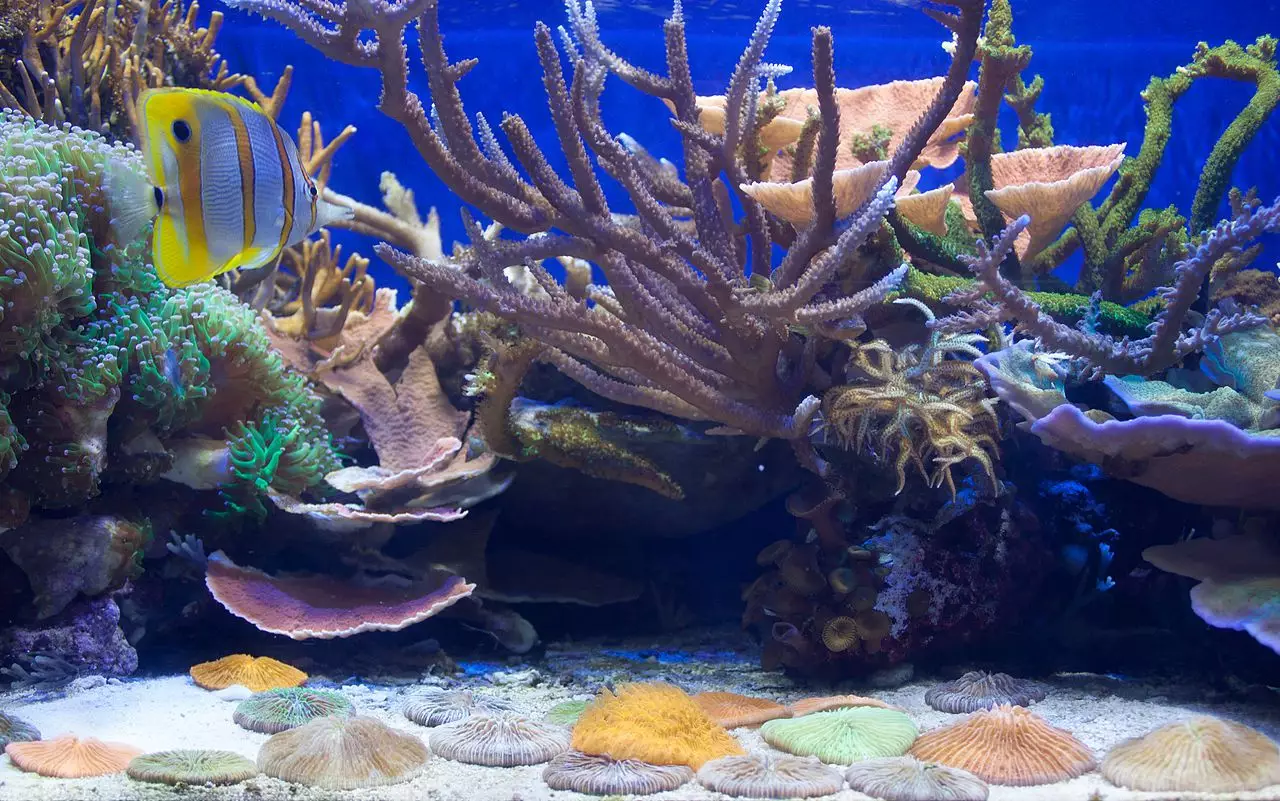Setting up and maintaining an aquarium involves more than just filling a tank with water and adding fish. For enthusiasts who prioritize the health of their aquatic pets, temperature control becomes a crucial element. An effective method to regulate aquarium temperature is through the construction of a DIY chiller using a dorm-sized refrigerator. This article breaks down the process of transforming a standard appliance into a sophisticated cooling system for your aquarium.
Essential Materials for Your Aquarium Chiller
Before diving into the construction process, it’s important to gather all necessary materials. You will need:
– A dorm-sized refrigerator: This space-saving option serves as the primary cooling element in your setup.
– Plastic tubing: Approximately 50 to 100 feet of 3/8 inch tubing will facilitate the water transfer between your aquarium and the refrigerator.
– PVC fittings: These include 90-degree elbows or straight connectors, along with either threaded or slip fittings to ensure secure connections.
– Aquarium-safe silicone sealant: Vital for ensuring that your seals are watertight, preventing leaks.
– Thin-wall PVC pipe: A 1/2 inch pipe will provide additional structural integrity to your setup.
With these materials on hand, you’re ready to begin the transformation.
Modifying the Refrigerator for Maximum Efficiency
A critical step in creating your DIY aquarium chiller involves modifying the refrigerator. If possible, remove the metal box that encloses the ice cube tray or freezer section, while being careful to leave the temperature probe in place. This alteration enhances the overall temperature regulation within the refrigerator’s cooling compartment. The more coils present within the refrigerator, the better it will perform in terms of maintaining a stable, low temperature.
When working on the refrigerator, be aware that insulation may be present between the outer housing and inner compartments. It’s important to drill your input and output holes carefully, either in the top or sides of the unit, depending on your preference and accessibility.
After drilling the necessary holes, cut two segments of 4-inch PVC pipe to facilitate water entry and exit. Insert these pipes into the holes and seal them thoroughly with silicone to prevent water leakage. For added durability, consider applying a five-minute epoxy to provide reinforcement against movement and stress on the seals.
Following this, attach the appropriate fittings to both ends of the PVC pipes. Inside the refrigerator, connect nylon threaded nipples to the 3/8 inch tubing. Outside, connect slip fittings that direct water from the Rio 2500 sump pump to the refrigerator chiller and back to the sump.
Placement of the chiller is vital for optimal performance. Ideally, the chiller should be situated nearby the sump or aquarium cabinet as distance amplifies temperature fluctuations due to ambient room temperature. Although it may not be aesthetically pleasing, insulating the tubing can minimize heat loss; however, this is generally not required unless you live in a particularly hot climate.
Once installed, monitor the flow rate of the water circulating through the system. Make sure it is sufficient to prevent freezing within the coils. A refrigerator equipped with a thermostat will provide a convenient method for temperature control, although some models may limit adjustments to the main compartment’s temperature. By removing the ice cube divider, you can ensure that the sensor monitors the entire refrigerated space, leading to better regulation.
Finally, set the refrigerator thermostat to maintain water temperature at levels appropriate for your aquatic species. Utilizing opaque tubing can help reduce the risk of algae growth in your setup, as clear tubing is susceptible to buildup over time. By employing a semi-transparent or opaque design, you can avoid the annoyance of cleaning algae every few months.
Constructing a DIY aquarium chiller from a dorm-sized refrigerator is an effective way to regulate your aquarium’s temperature. By carefully selecting materials, modifying the refrigerator, securing connections, and facilitating proper installation, you can create a chiller that will ensure your underwater friends remain healthy and thriving. This investment not only enhances your aquarium’s stability but potentially extends the joy these aquatic pets bring to your life.

